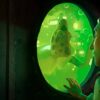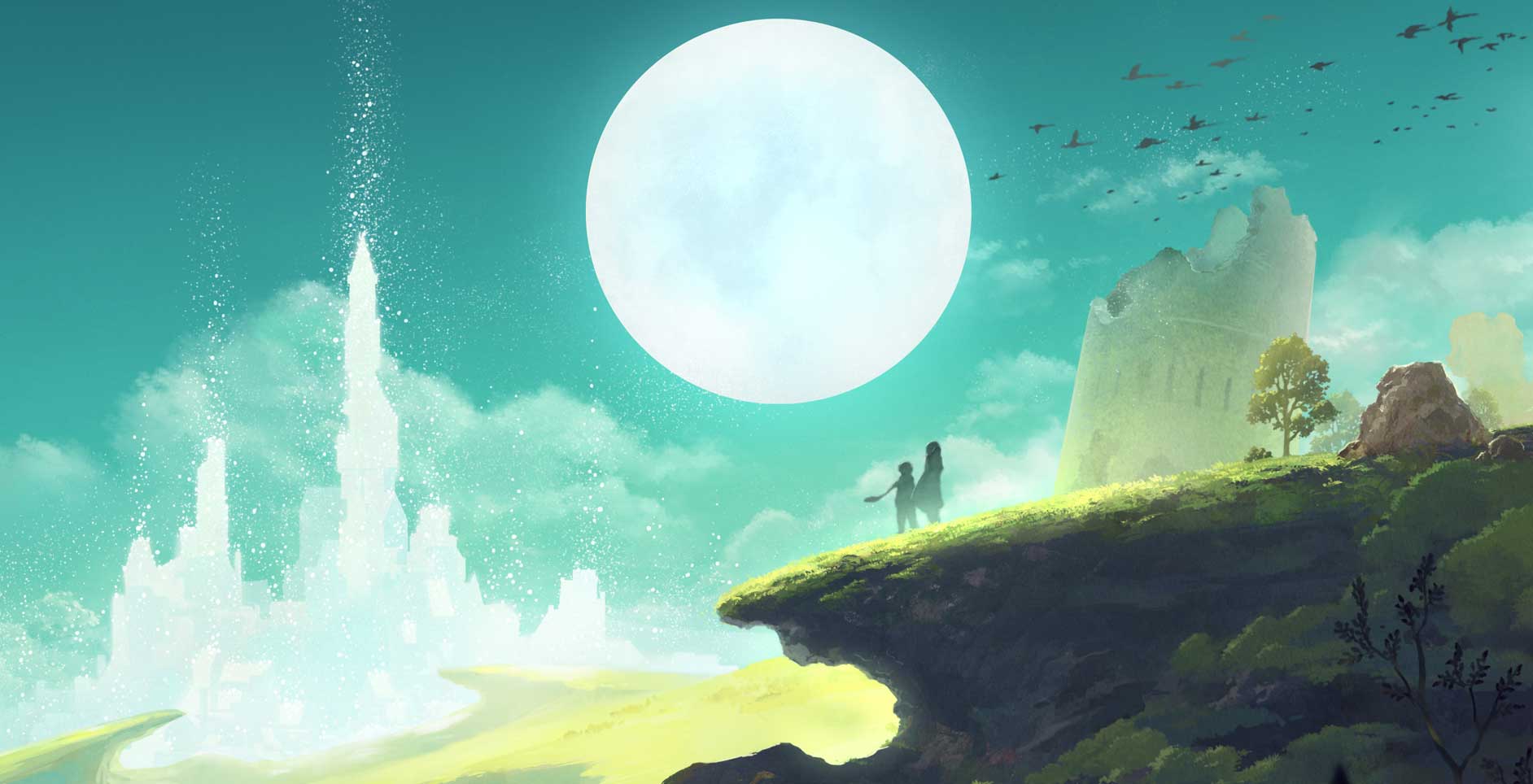The developers of the little jRPG I Am Setsuna, which released in 2016, are back 18 months later with Lost Sphear. Fans of their previous release know exactly what they are in for, a throwback to the old days of jRPG’s on SNES and PSOne with enough updates to the formula to be enjoyable in the current generation of video games.
Orphans, royalty, epic evils and Active Time Battles kick off your adventures with Kanata, opening in his sleepy village with his friends. Immediately the lush but restrained art design kicks the nostalgia gland into gear, along with beautiful and warm music that could be pulled straight from a niche PSOne RPG. Tokyo RPG Factory know exactly what kind of game they want to serve up in 2018 and they nail it for better or worse. Taking cues from these titles the art and animation is colourful and distinct with a clear design in place. Sound design is very much a throwback with no English voice acting, a delightful score and familiar feeling sound cues sprinkled throughout.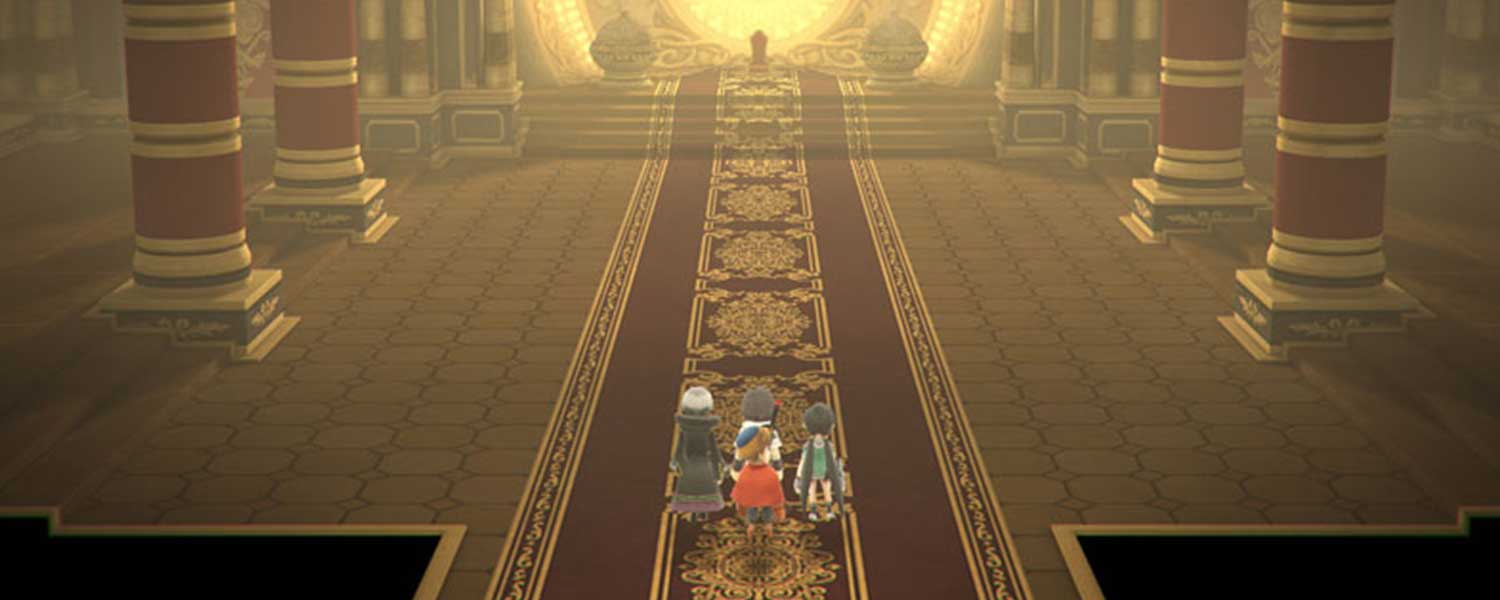 Rolling out an epic tale of sections of their world becoming Lost we are taken on a journey all over Kanata’s world with enough minor twists on the chosen one cliche to avoid falling into the pitfalls of lesser attempts to Chrono Triggers crown. As we go along all 8 characters are given effective arcs and their relationships with each other expand upon the themes of the story. The first half is fairly light despite the constant threat to their existence with characters constantly giving the group pep talks rather than dwell on the horrific things they come across at times. Things kick into gear as all the lore is divulged and it’s a quick run to the endgame, each story beat certainly brings back memories of previous acclaimed titles with Chrono Trigger and Final Fantasy 7 being the most obvious influences through almost every facet of the game aside from the combat.
Rolling out an epic tale of sections of their world becoming Lost we are taken on a journey all over Kanata’s world with enough minor twists on the chosen one cliche to avoid falling into the pitfalls of lesser attempts to Chrono Triggers crown. As we go along all 8 characters are given effective arcs and their relationships with each other expand upon the themes of the story. The first half is fairly light despite the constant threat to their existence with characters constantly giving the group pep talks rather than dwell on the horrific things they come across at times. Things kick into gear as all the lore is divulged and it’s a quick run to the endgame, each story beat certainly brings back memories of previous acclaimed titles with Chrono Trigger and Final Fantasy 7 being the most obvious influences through almost every facet of the game aside from the combat.
While the story does have it’s own unique hooks it never steps up to the same heights as the aforementioned games, characters go through their emotions without drawing any substantial discussions or changes from them. Events happen and are moved on from almost instantly, one such event in Salny takes one particular theme from the first half of the game to its apex and then almost completely disregards both the event and the theme which had driven a number of your companions. These attempts to touch upon interesting themes are in direct opposition to the constantly reinforced nostalgic design of the first half, almost like 2 designers fighting over direction of the story. Once the elongated 15 hour tutorial is over things start to take shape better but apex points in the story are never fleshed out enough to make you truly become attached to the characters sadly.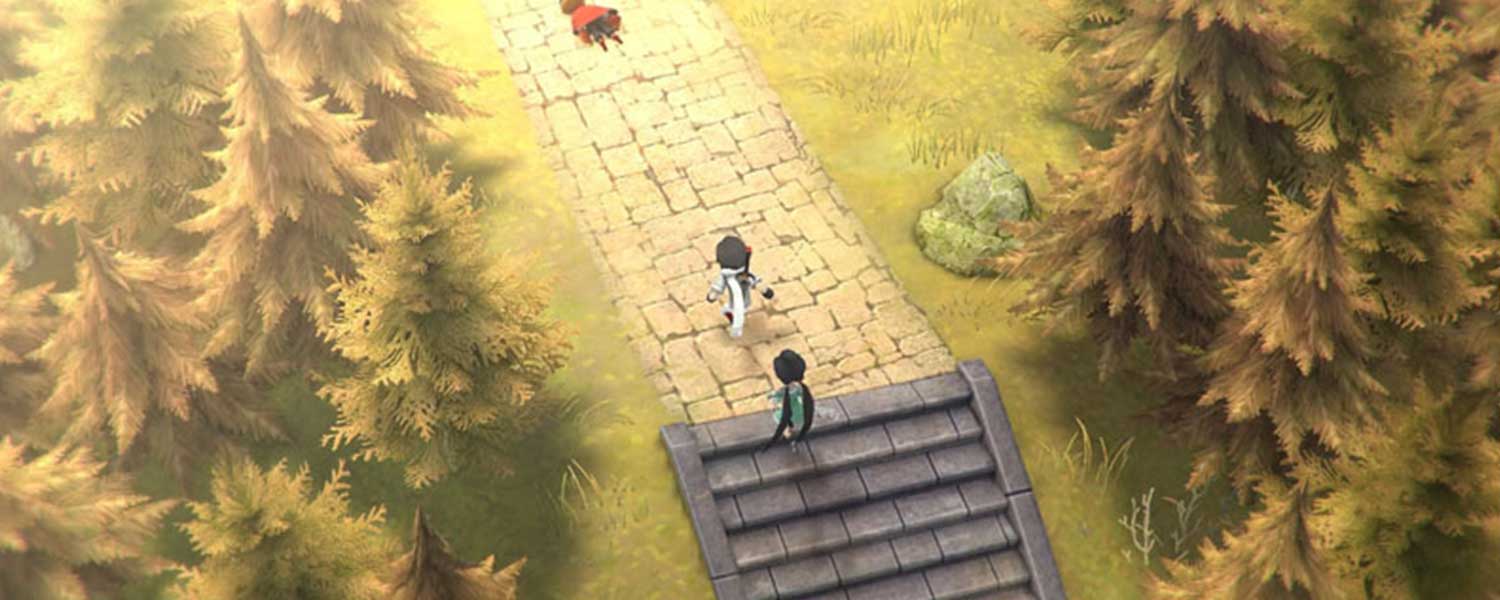 One area that is greatly improved over classic titles is the deep battle system. Combat is undertaken in a modified ATB system that allows strategic positioning for your attacks while creating a sense of urgency as your enemy build their meters while you decide upon actions. Along with the usual weapons, armour and ability systems we also contend with a separate Vulcosuit system and modifiers to both our items and then the modifiers themselves! Expanding these options out into 8 well defined characters, 4 of which you can have on the battlefield at one time, sees one of the most compelling combat systems in any RPG I’ve played. On top of this we also have yet another modifier system reminicent of Dark Cloud, on the world map you can bring back Lost areas using memories collected throughout the game by creating a huge selection of towers to increase your battle power. These systems are rolled out and lightly explained over a period of 20 hours, which I expect was done to avoid overloading your with information but in actuality isn’t explained or showcased to the degree required to make the most of the system on offer, especially as the game requires minimal grinding of combat to progress which is nice on the one hand as a modern improvement. The more time you spend in combat the more you get sucked into the huge amount of customisation and strategy that came be undertaken, which makes digging into post-game content all the more rewarding.
One area that is greatly improved over classic titles is the deep battle system. Combat is undertaken in a modified ATB system that allows strategic positioning for your attacks while creating a sense of urgency as your enemy build their meters while you decide upon actions. Along with the usual weapons, armour and ability systems we also contend with a separate Vulcosuit system and modifiers to both our items and then the modifiers themselves! Expanding these options out into 8 well defined characters, 4 of which you can have on the battlefield at one time, sees one of the most compelling combat systems in any RPG I’ve played. On top of this we also have yet another modifier system reminicent of Dark Cloud, on the world map you can bring back Lost areas using memories collected throughout the game by creating a huge selection of towers to increase your battle power. These systems are rolled out and lightly explained over a period of 20 hours, which I expect was done to avoid overloading your with information but in actuality isn’t explained or showcased to the degree required to make the most of the system on offer, especially as the game requires minimal grinding of combat to progress which is nice on the one hand as a modern improvement. The more time you spend in combat the more you get sucked into the huge amount of customisation and strategy that came be undertaken, which makes digging into post-game content all the more rewarding.
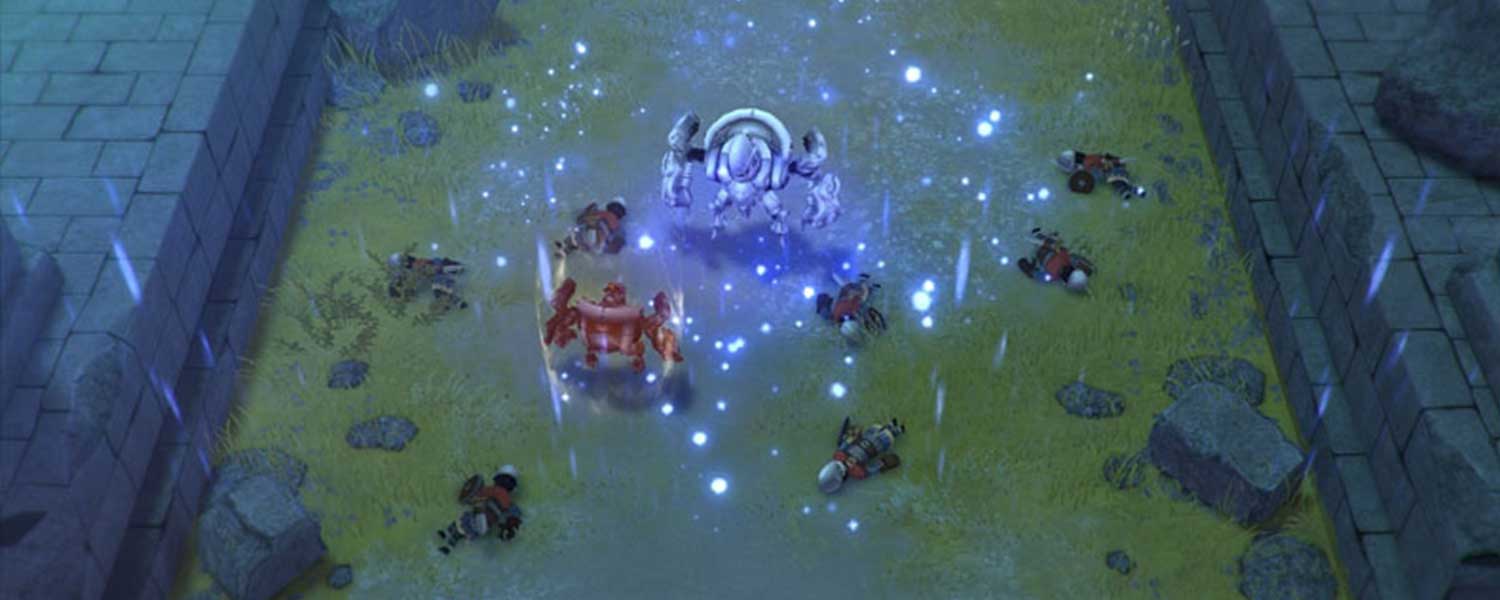 The main story should take around 40 hours depending on how quickly you come to grips with the combat systems. There is a decent amount of post-game activities to roll into but replaying the entire story would be painful due to the slow nature of the first half, without any of the quality of life updates we saw in recent Final Fantasy re-releases that made the ride less mind numbing. In a similar vein a number of modern features are missing, the most obvious being minimaps and quest logs but the level design and ability to converse with your party tends to minimise these negatives for the most part. Performance on the PS4 Pro was solid without any technical issues, the localisation is fine with the dialogue making sense but the combat systems could be better detailed.
The main story should take around 40 hours depending on how quickly you come to grips with the combat systems. There is a decent amount of post-game activities to roll into but replaying the entire story would be painful due to the slow nature of the first half, without any of the quality of life updates we saw in recent Final Fantasy re-releases that made the ride less mind numbing. In a similar vein a number of modern features are missing, the most obvious being minimaps and quest logs but the level design and ability to converse with your party tends to minimise these negatives for the most part. Performance on the PS4 Pro was solid without any technical issues, the localisation is fine with the dialogue making sense but the combat systems could be better detailed.
Lost Sphear is on the whole a great effort at bringing back the warm fuzzy feeling of the SNES/PSOne era of jRPG’s even if they don’t quite recreate the heart which remained in our memories all these years later.

